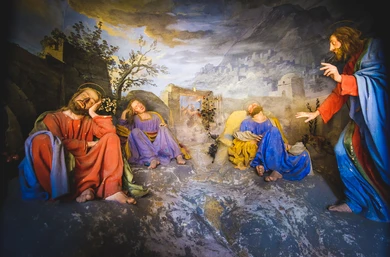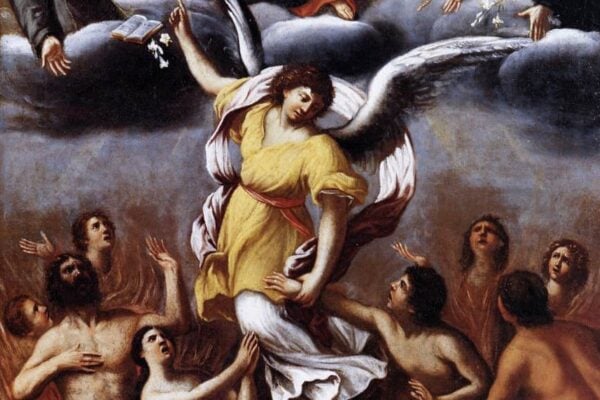
Is sleep paralysis a spiritual attack? How to Overcome it?
Sleep paralysis can be a very scary thing. In it, you know you’re asleep, you try to wake up, but you can’t. It’s often accompanied by an irrational feeling of utter terror, and sometimes images of figures in black cloaks. Many cultures have developed supernatural explanations for sleep paralysis. In China, it’s called mèng yǎn, “ghost pressing on body.” In some Muslim countries, it’s associated with an evil djinn. In Africa, it’s called “the witch riding your back.” However, there is an entirely physiological explanation for the phenomenon known as sleep paralysis. As we fall asleep, our minds may enter a hypnagogic state. It’s what happens when the sleeper’s still-aware mind is faced with dream images. As some people wake up, they experience a hypnopompic state, which is the dreaming mind faced with stimuli from the real world. In both cases, the dreams can seem very real, taking on a vivid, hallucinatory feeling. Often these images are of black smudges, which the confused mind interprets as human figures, sometimes called “shadow people.” The hallucinations can also take the form of sounds like a loud bang or a child’s cry. These episodes frequently begin with a falling feeling followed by a “hypnic jerk” where the body’s muscles violently contract. One of the scarier experiences with sleep paralysis is the inclusion of lucid dreaming and false awakening. The sleeper recognizes he’s asleep and tries to wake up. He opens his eyes in relief, but soon realizes he’s still asleep. This can go on for some time, sometimes resulting in an actual awareness of his real surroundings—the pressure of the covers, the light of the room beyond his eyelids—but still the inability to fully waken. That awareness can slip away again, returning the sleeper to the hallucinations. Muscle paralysis in sleep is a necessary thing. People who act out their dreams on a regular basis are prone to accidental injury—even jumping out of windows. Knowing that you’re asleep and paralyzed, however, can be frightening. You tell yourself to open your eyes, just to get caught in another false awakening. One theory is that sleep paralysis affects the larger parts of the body more completely. You can try to wake up by wiggling your toes or fingers. It’s also possible to pray during this time. This will often give comfort that lets you fall back into unconsciousness. You may be able to avoid sleep paralysis by getting sufficient rest and avoiding drugs and alcohol. In probably the vast majority of cases, sleep paralysis is just a quirk in a person’s REM cycle, not a spiritual attack. At the same time, there is no denying that demons can and do attack us. It seems plausible, then, that demons can and do attack us while we sleep. In the Gospels, several instances of demonic attack involved clear physical symptoms. So, it is possible that a demonic attack could result in symptoms resembling sleep paralysis. Whatever the case, we have a God who watches over us, whether we are awake or asleep (1 John 4:4). “In peace I will both lie down and sleep, For You alone, O LORD, make me to dwell in safety” (Psalm 4:8). Read more… https://youtu.be/ibvjxIQQLJs








